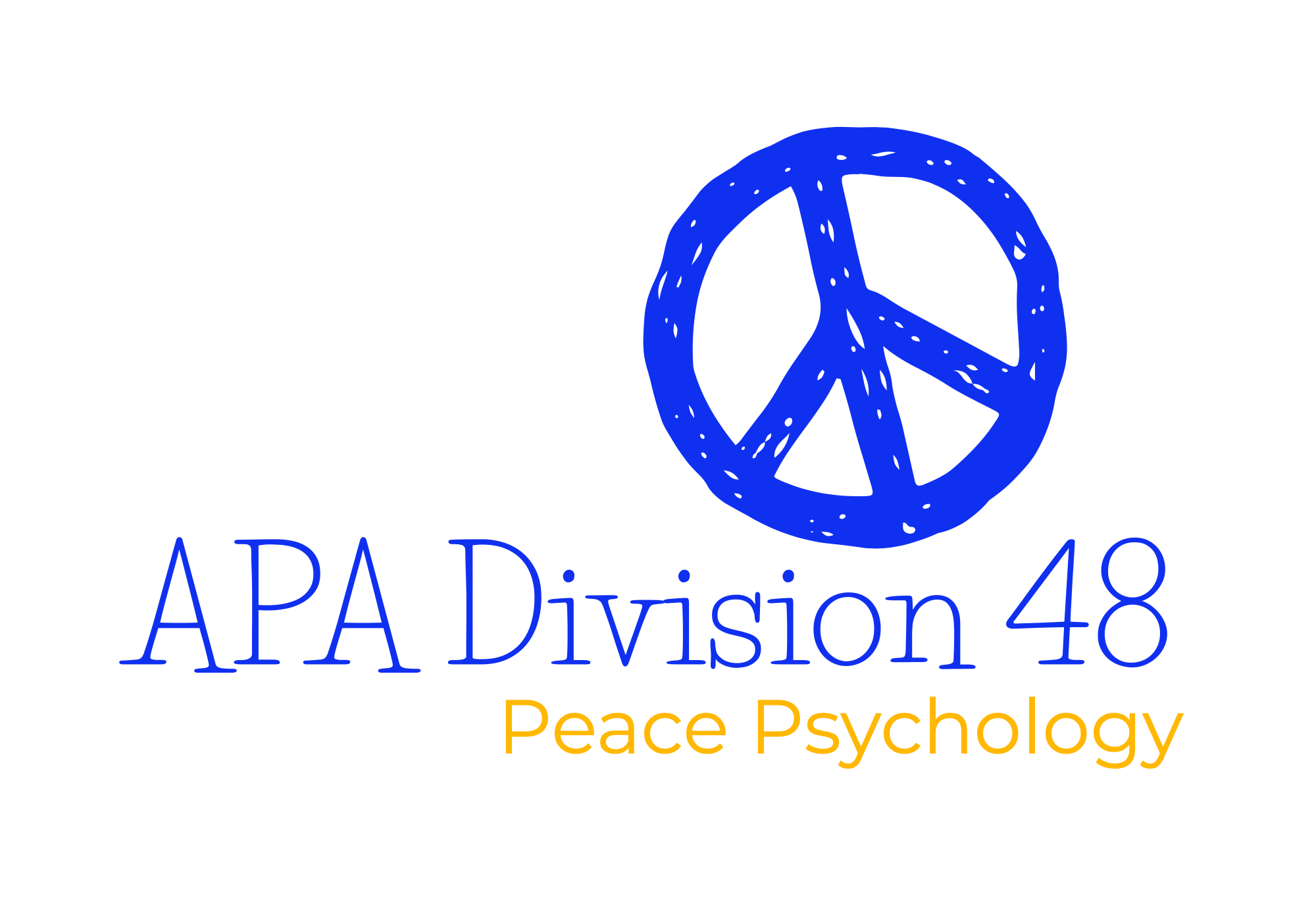Resources for Teaching
Resources for Teaching on PeacePsychology.org
by
Linden Nelson, PhD
In this post I want to highlight some of the materials on the PeacePsychology.org that I believe might be useful for creating lectures and class activities about peace and conflict for a wide variety of courses. There are a number of slide presentations in the section Presentations that could be used as lecture material. Conflict and Violence - 2009 – APA Division 48 is a presentation that describes the goals of APA Division 48 and basic concepts of peace psychology. The presentation includes topics such as the causes and levels of conflict, responses to conflict, conflict resolution methods, direct and structural violence, moral exclusion, and social justice. The slide presentation Groupthink Prevention describes the symptoms of groupthink, how it has affected decision making in various international conflicts, and how it can be prevented. There are two slide presentations in this section on conflict and conflict resolution: Conflict – Dan Christie and Understanding and Managing Conflict – 2005 – Burn. While these overlap to some extent, each covers some concepts that are not mentioned by the other.
I also want to call your attention to some of the resources in the section Resources For University Teaching. There are two lecture outlines on the social psychology of war and peace which I developed for an introductory psychology course, but they could also serve as examples of a lecture for a social psychology course. The first, Lecture Outline - 2008 - Nelson is a rather generic example of how some basic social psychology concepts can be applied to war and peace issues. The second, Lecture Presentation - Nelson is offered as an example of how teachers might apply certain general principles for lecturing to large classes (see also, Lecture Suggestions for Large Student Audiences - 2011); it applies psychological principles to terrorism and to the threat of nuclear war. There are short outlines for 17 possible peace psychology lecture topics in Part II of Teaching Peace Psychology Courses: Rationale & Suggestions - 2012 - Marsella.
The section Resources For University Teaching also offers some resources for class activities and assignments. For a list of films, videos, and video games with links for finding them, see Media Resources for Teaching Peace Psychology Courses – 2014 – Hansvick. An activity I developed for illustrating how competitive thinking can interfere with cooperative problem solving Cooperation Exercise – Nelson is the most successful class activity I have ever used, and I have used it with over 100 classes. Another activity Empathy Exercise – Nelson provides a structure for each student to practice perspective taking and to understand why another student disagrees with them on a controversial issue.
An article in this section Self-assessment Tools for Teaching – 2007 suggests that assessment instruments can be used in class to make conflict resolution principles more personal and to help students understand their own peacemaking tendencies and examples of relevant instruments are either provided in the article or citations are given for finding them. A list of possible assignments for peace psychology courses is available in Part IV of Teaching Peace Psychology Courses: Rationale & Suggestions - 2012 - Marsella and many other examples of course assignments and lecture/activity schedules can be found in the syllabi that are in the Peace Courses section of the website.
If you are a teacher, I hope that you will find some of these resources useful and that you will experience satisfaction and success in teaching peace. Please share with us additional resources that you have found useful.
